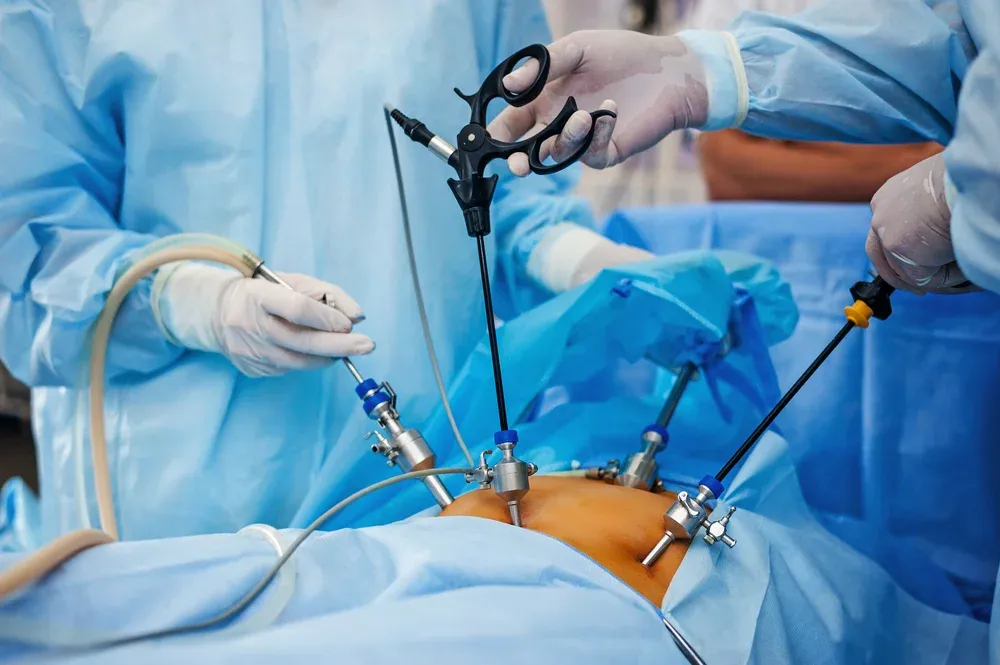What Makes Endometriosis a Silent but Serious Condition
Key Take-aways from this Story
Endometriosis is a chronic medical condition that affects millions of women worldwide. It occurs when tissue similar to the lining of the uterus, known as the endometrium, begins to grow outside the uterine cavity. These growths can appear on the ovaries, fallopian tubes, outer surface of the uterus, pelvic lining, and in rare cases, other organs.
Despite being a relatively common disorder, endometriosis remains widely misunderstood and often misdiagnosed, leading to delays in treatment and unnecessary suffering.
Causes of Endometriosis
The exact cause of endometriosis is not fully understood, but several theories exist:
-Retrograde menstruation: Menstrual blood flows backward into the pelvic cavity instead of exiting the body.
-Immune system dysfunction: The body fails to recognize and destroy misplaced endometrial-like tissue.
-Hormonal influences: Estrogen appears to play a major role in stimulating abnormal growths.
-Genetics: Women with family members who have endometriosis are at higher risk.
-Cell transformation: Some experts believe certain cells outside the uterus can transform into endometrial-like tissue under certain conditions.
Symptoms of Endometriosis
The symptoms can vary greatly, ranging from mild discomfort to severe pain and fertility issues. Common symptoms include:
-Painful menstrual cramps (dysmenorrhea) that may worsen over time
-Pain during or after sexual intercourse
-Chronic pelvic pain
-Painful bowel movements or urination during menstruation
-Excessive bleeding (heavy periods or spotting between cycles)
-Fatigue, bloating, or nausea
-Infertility in some cases
Not all women with endometriosis experience severe symptoms. Some may only discover the condition when struggling with infertility.
Diagnosis of Endometriosis
Because symptoms can overlap with other conditions, diagnosing endometriosis can be challenging. Common diagnostic approaches include:
-Medical history and physical examination
-Pelvic exam to detect cysts or scars
-Imaging tests such as ultrasound or MRI

-Laparoscopy, a minor surgical procedure, is considered the gold standard for confirming endometriosis by directly viewing and sometimes removing tissue samples.
Treatment Options
There is currently no cure for endometriosis, but several treatment options can manage symptoms and improve quality of life:
1. Medication
-Pain relievers such as nonsteroidal anti-inflammatory drugs (NSAIDs).
-Hormone therapy, including birth control pills, progestin therapy, and gonadotropin-releasing hormone (GnRH) agonists to reduce or stop menstruation.
2. Surgical Treatment
-Laparoscopic surgery to remove or destroy endometrial tissue growths while preserving reproductive organs.
-In severe cases, hysterectomy (removal of the uterus) may be considered, though it is usually a last resort.
3. Lifestyle and Supportive Therapies
-Regular exercise, a balanced diet, and stress management can ease symptoms.
-Fertility treatments, such as in vitro fertilization (IVF), may help women who experience infertility due to endometriosis.
Impact on Daily Life
Endometriosis is not only a physical condition but also one with emotional and social consequences. Chronic pain can interfere with work, relationships, and mental health, leading to anxiety and depression. Increased awareness, support groups, and early treatment play a crucial role in improving the lives of those affected.
Conclusion
Endometriosis is a complex and often misunderstood condition that requires greater awareness, timely diagnosis, and effective management. While there is no permanent cure, medical treatments, lifestyle changes, and surgical interventions can significantly reduce symptoms and help women live fulfilling lives. Continued research is vital to uncovering the underlying causes and advancing treatment options for future generations.





0 comments